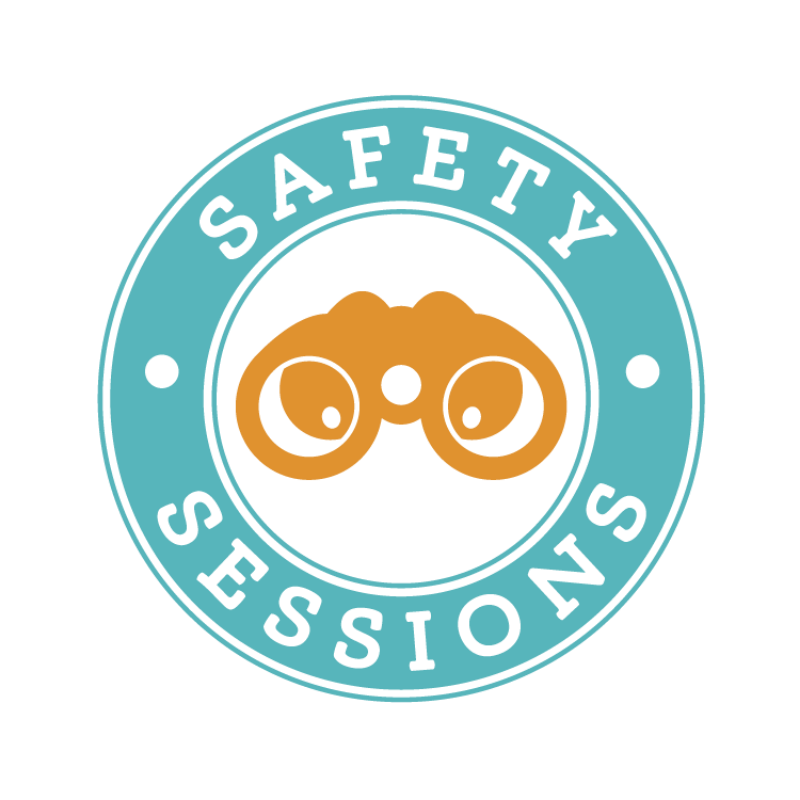Safety Talks
The Big Lessons team is happy to provide a series of talks about staying safe for parents and kids.
Personal Safety can be a tricky subject for parents and kids alike, yet it doesn't need to be. Staying safe is about forming good habits that work for you and your family, and then practicing those habits until they are second nature.
BigLessons and Safety Sessions co-founders Rita Mullaney and Dawn Nadeau share strategies and tips for how to talk about Personal Safety with your children.
Overview
We are available for school, community organizations and private groups and can tailor our content to your unique needs and audience.
Sample topics covered:
- Safe Talk: Creating a Language of personal safety in your family
- Circles of Safety: individual, home, school, street, online
- 5 habits of Safety
- Creating and Using Safety Plans
- Practice Lessons
FAQ
What age range is appropriate to talk about safety?
Being safe is about being aware and having a sense of self-agency. This can start as young as 3-4 with developmentally appropriate language and concepts that form the foundation for later lessons. However, we have found that many parents of 4th and 5th graders find they need to have more specific conversations with their children in preparation for middle school.
Are these sessions for both adults and kids?
Yes! Being safe is a partnership between kids and parents. We find that it is helpful to have sessions for parents as well as kids separately, and also together, dependent on the desire of the group.
Do you teach self defense and physical techniques?
Not in our Safety Talks sessions. While both Dawn and Rita have training in physical self defense, our sessions are designed to address all of the important topics and conversations that parents and kids can have about staying safe. It is not necessary to be trained in martial arts or other forms of self defense to be aware and bring good habits to your personal safety.
Will I make my child more afraid by talking to them about these things?
It's important that every parent and caregiver decide for him/herself what they are comfortable sharing and to know their child the best. We provide some ideas and suggestions based on years of experience. Every parent will decide how best to use that information for their family. In general, kids are more aware of scary situations than adults might realize and by speaking matter-of-factly and frequently with kids about personal safety, it becomes a habit - like eating healthy and exercise.
